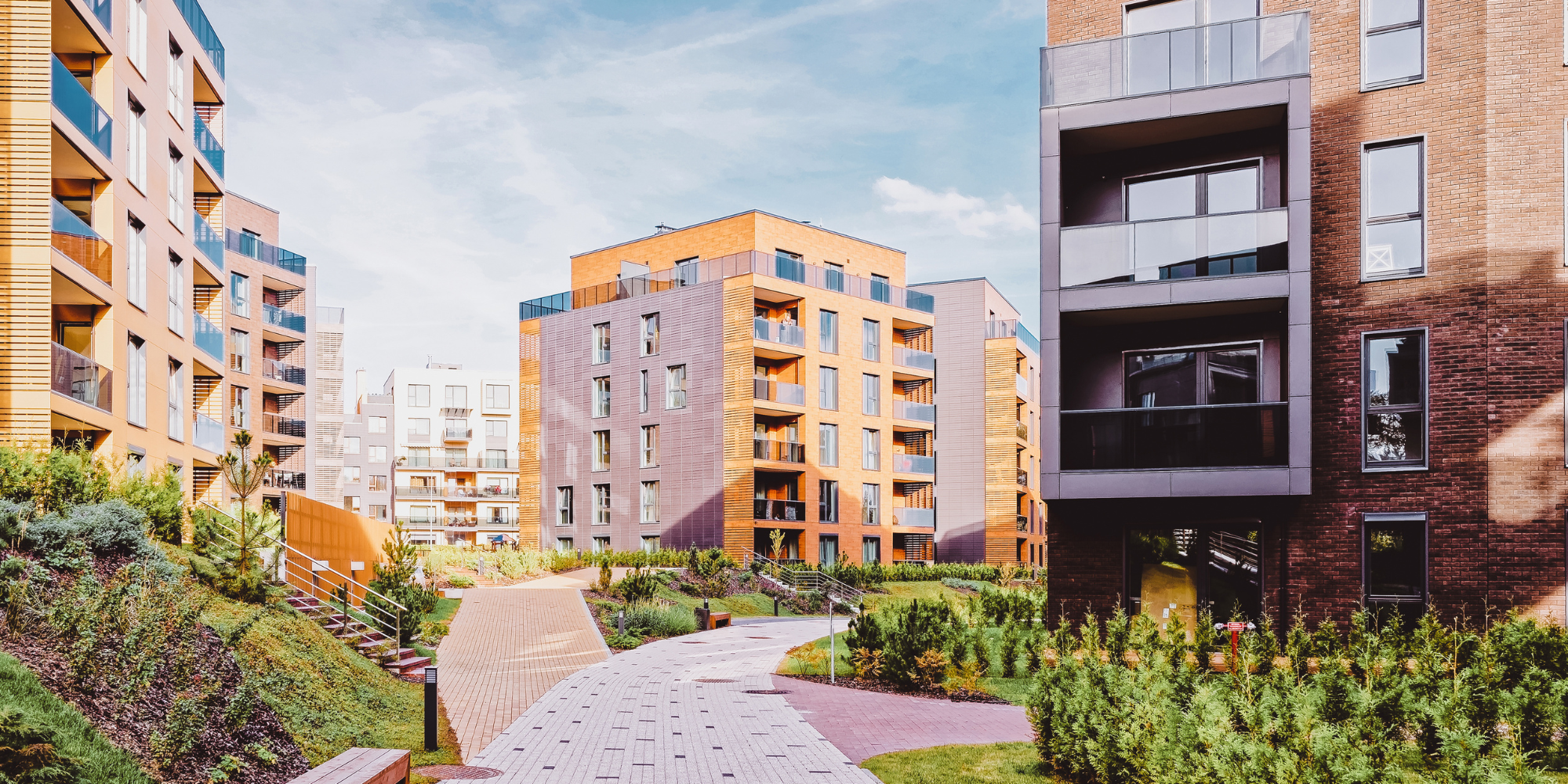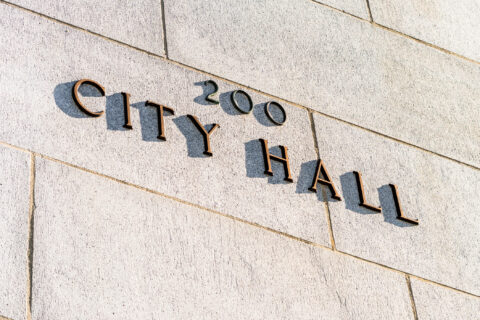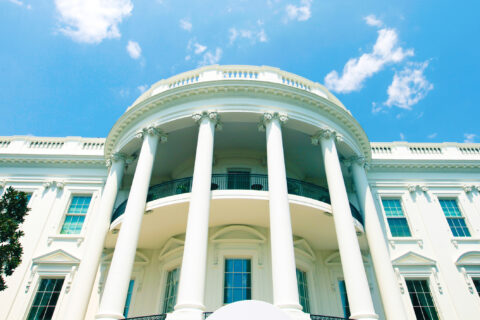Cities thrive when there are housing choices in dynamic neighborhoods with amenities, infrastructure, and safety that create a sense of community. This transformational mix of structural and cultural character is achievable through community-led deliberation and planning.
The Department of Housing and Urban Development (HUD) is helping bring wide scale transformation like this to cities with our Choice Neighborhoods program. Launched in 2010, Choice Neighborhoods is a major capital investment program for redeveloping public housing and other HUD-assisted housing.
In the past decade, Choice Neighborhoods has awarded over $1 billion with a combination of planning and implementation grants, creating over 30,000 new mixed-income housing units in 40 cities.
As HUD’s signature placed-based program, Choice Neighborhoods employs a “Housing, People, and Neighborhood” model that provides:
- Funding to redevelop distressed HUD-assisted housing into new, mixed-income communities
- Comprehensive supportive services for residents
- Flexible funds for physical neighborhood improvements that attract and catalyze private investment
Choice Neighborhoods was designed to build on the successes of the HOPE VI program (1993-2010) where redevelopment attracted outside investments and new businesses, increasing property values, expanding job opportunities, and sharply decreasing crime.
Soon, HUD will award grants of up to $50 million (approximately $200 million total) to new implementation grantees, and also release the latest funding announcement using the program’s $350 million appropriation for FY22. Choice Neighborhoods offers two types of grants annually: Planning and Implementation.
- Planning Grants offer up to $500,000 per grantee to communities to fund a two-year planning process to create a community-driven “Transformation Plan” that addresses the program’s “Housing, People, and Neighborhood” goals.
- Implementation Grants provide up to $50 million per grantee to implement the Transformation Plan. Planning Grants are not required for a future Implementation Grant, though they are a great first step to meaningfully engage a community and plan for comprehensive neighborhood revitalization.
We encourage more cities to consider taking the “Housing, People, and Neighborhoods” approach Choice Neighborhoods embodies, for transformational and sustainable change benefiting your residents. This blog post and others to follow in the coming weeks will highlight the strengths of this program, examples of transformational change Choice Neighborhoods grantees have implemented in short order, and the potential the program has for improving conditions for some of your most pressing challenges.
Investing in People and Places
Neighborhoods, whether in large cities or small towns, play an obvious and profound role in everyday life. Neighborhoods impact people’s education, employment, and even health. Recent data presents serious challenges facing neighborhoods across the country: nearly 4,300 neighborhoods are considered “high-poverty” neighborhoods (a 30 percent poverty rate or higher) and a total of 24 million people lived in high-poverty neighborhoods in 2018. The ongoing COVID-19 pandemic and rising cost of living have only increased the strain on these communities — a strain that is only magnified in public housing communities.
Choice Neighborhoods grants lead to further local investment.
As a result of Choice’s convening power, grantees and their partners are leveraging an additional $7.50 for every $1.00 in grant funds. To date, Implementation Grantees have already invested $5.2 billion into local communities. In fact, a recent study conducted by Case Western Reserve University on the Chicago Choice Neighborhood showed HUD’s investment generated $400 million in additional resources. In addition, the study found median household incomes increased, crime rates fell steadily, and home ownership rates increased.
Choice Neighborhoods allows cities to invest in people, as well as housing and neighborhood infrastructure.
In addition to the 30,000 housing units that Choice grantees have created since the program’s inception in 2010, those communities have also engaged 16,000 households in comprehensive case management services and increased resident income in nearly all cities — in several cases, doubling those earnings. Flexible neighborhood improvement funds allow cities to develop new grocery stores, businesses, early childhood education centers, parks, and home ownership programs.
Where Are There Choice Neighborhoods?
While many successful Choice Neighborhoods can be found in cities such as Phoenix, Los Angeles, and Atlanta, the program is not just for large cities. Mid-sized and smaller cities such as Winston–Salem, NC, Lewiston, ME, and Flint, MI have also received awards.
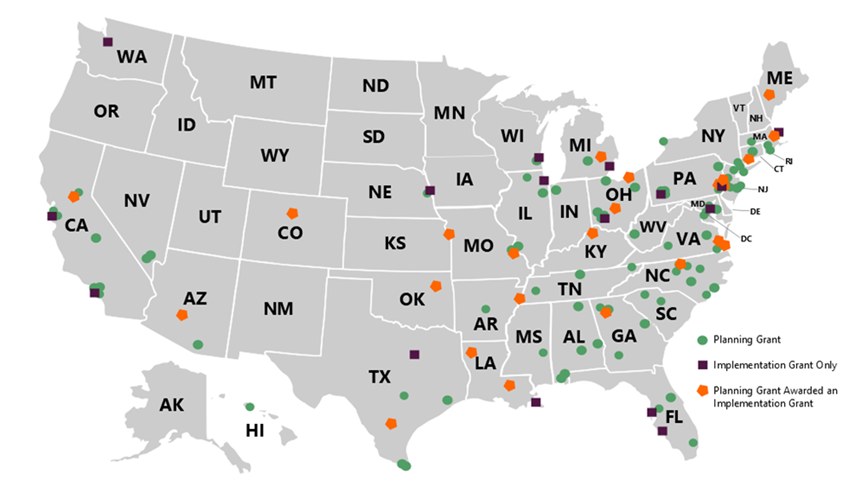
To understand the impact of this program, we look at what has taken place over this summer:
- Choice Neighborhoods helped open the first grocery store in more than 50 years in Philadelphia’s Sharswood community.
- The City of Detroit broke ground on a new mixed-income housing community to ensure long-term affordability in the quickly changing Corktown neighborhood.
- Partners in Kansas City, MO also broke ground on a new community in the historic Northeast as part of a larger “healthy living campus” that combines the resources of an expanding Federally Qualified Health Center with new rental housing.
Lessons from the Ground
There is a lot to learn from Choice Neighborhoods, and HUD’s continual learning makes Choice Neighborhoods one of the most dynamic programs we administer. While Choice Neighborhoods is primarily focused on neighborhood revitalization through mixed-income housing, it can simultaneously advance a city’s local affordable housing preservation, economic development, climate resilience, and equity goals.
Louisville, Kentucky
In Louisville, the City and local Public Housing Authority (PHA) partnered to replace a distressed public housing property with more than 620 new mixed-income apartments. The investment also sparked a multitude of neighborhood improvements: New retail centers include an award-winning restaurant, high quality childcare, and other neighborhood businesses. Beautiful murals reflecting the rich history of the neighborhood cover overpasses that were once eye sores and dividing lines. Dozens of homes along a key corridor received needed repairs. As a result of their early education successes through Choice Neighborhoods, the National Civic League and Campaign for Grade-Level Reading named Louisville a 2022 All America City award winner.
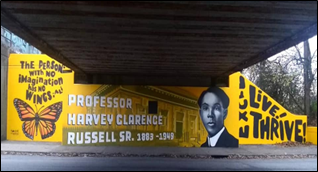
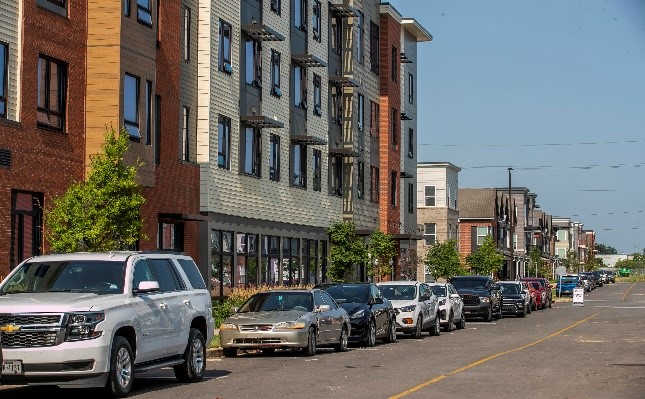
Norwalk, Connecticut
Clean energy, climate, and resiliency planning are also part of Choice Neighborhoods program goals and were instrumental in the $185 million transformation of Norwalk’s “Soundview Landing” community. Awarded a Choice Neighborhoods Implementation Grant in 2013, the City and local PHA transformed the community with 273 new, energy efficient, mixed-income housing units. The neighborhood experienced significant flooding during Superstorm Sandy in 2012 and flood mitigation improvements were made to housing, streets, and infrastructure. A major brownfield cleanup of a local park was completed in 2018 for residents to enjoy. Here Choice Neighborhoods led to safe, healthy and affordable housing in a high opportunity area.
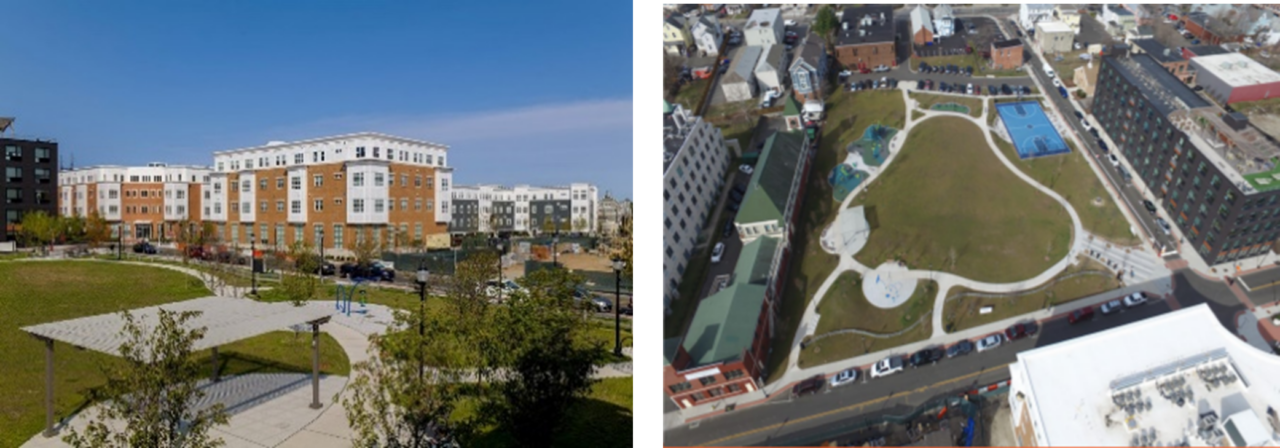
Cincinnati, Ohio
Cincinnati’s Avondale Choice Neighborhood targeted a portfolio of privately owned project-based Section 8 buildings in need of immediate repair. Home to the largest African-American community in the city, decades of disinvestment led to population decline, aging housing stock and increased poverty. After an award of a $29.5 million Choice Neighborhoods Implementation Grant in 2012, a combination of new construction and rehabilitation led to 319 rental housing units.
Early education was also a significant component of the Avondale Transformation Plan so that the children living in these new homes significantly benefited from HUD’s investment. Local partners worked to implement a high-quality early education strategy that focused on enhancing quality providers, increasing availability of early childhood slots, and building relationships with providers, partners and families. As a result, the number of neighborhood children ages 0-6 enrolled in early education increased from 18 percent in 2013 to 73 percent in 2017 and Kindergarten Readiness Assessments increased from 31 percent in 2014/15 to 64 percent in 2016/17.
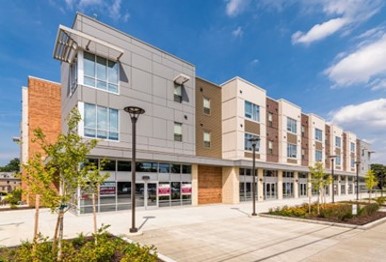
Additional Examples from Across the Country
The stories and possibilities are endless as each community’s Choice Neighborhoods Transformation Plan is unique to its own assets and opportunities — regardless of size or complexity.
- Pittsburgh’s Larimer Choice Neighborhood now holds the City’s first “super playground.”
- Milwaukee’s business loan fund brought new opportunities to minority businesses and the Westlawn neighborhood.
- New commercial kitchens support small business and food entrepreneurs in Boston and Shreveport.
- Comprehensive job training and employment placement services led to major job gains in Tulsa.
- Health partnerships in San Antonio led to better access to care.
- New mixed-income housing welcomes residents from Seattle to Baltimore, and cities in between.
Consider Choice Neighborhoods for Your City
We strongly encourage more cities to take on Choice Neighborhoods’ comprehensive “Housing, People, and Neighborhood” approach to support communities through transformational change. We believe that the Choice Neighborhoods model is indeed the right approach at the right time, and historically disinvested communities deserve no less than this level of investment.
On behalf of HUD’s Office of Public and Indian Housing, I want you to know that we are eager to partner with your city to support its goals to maximize the impact of these major investments.
Choice Neighborhoods is a HUD grant program that provides significant investment — grants of up to $50 million — to cites, public housing authorities, and tribal entities for comprehensive neighborhood revitalization. This is the first in a series of posts highlighting Choice Neighborhoods and why local governments should pursue these HUD
About the Author
Dominique Blom is General Deputy Assistant Secretary in the Office of Public and Indian Housing at the Department of Housing & Urban Development.
